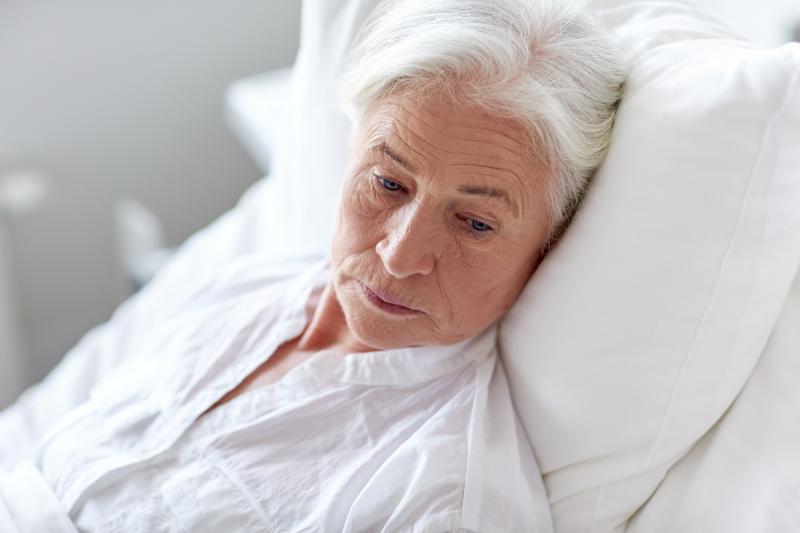
In older adults who experience acute changes or fluctuations in mental status, the risk of lower quality of life (QoL) or of death is similar to those with delirium, a recent study has found.
Researchers conducted a prospective observational study on 611 elderly adults, of whom 64 (mean age, 78.6±8.5 years) had delirium, according to the Confusion Assessment Method (CAM). Seventy-five adults (mean age, 77.7±7.1) satisfied only two items on the CAM and were designated as being in the 2-CAM state. Majority (n=452; mean age, 72.9±8.1 years) had no delirium.
After 6 months of follow-up, both the delirium and 2-CAM state participants had worse QoL relative to their no-delirium counterparts. This was measured using the EuroQol-5D tool, which showed that this deficiency was especially pronounced in the dimensions of mobility, self-care, usual activities and anxiety.
Median scores in the Karnofsky Performance Score tool were 35 and 38 in the delirium and 2-CAM groups, respectively. This indicated that these participants were “severely disabled, and hospital admission is indicated,” or were “disabled and require special care and assistance.”
The 6-, 12- and 18-month mortality estimates for delirium (37.7 percent, 44.3 percent and 51.0 percent, respectively) and 2-CAM (36.1 percent, 41.8 percent and 41.8 percent, respectively) patients were comparable. However, these were higher than in those without delirium (15.0 percent, 21.7 percent and 26.0 percent, respectively).
Cox proportional hazards regression analysis confirmed the excess mortality risk in those with delirium (adjusted hazard ratio [HR], 2.2, 95 percent confidence interval [CI], 1.4–3.4) and in the 2-CAM state (adjusted HR, 1.8, 95 percent CI, 1.2–2.7).